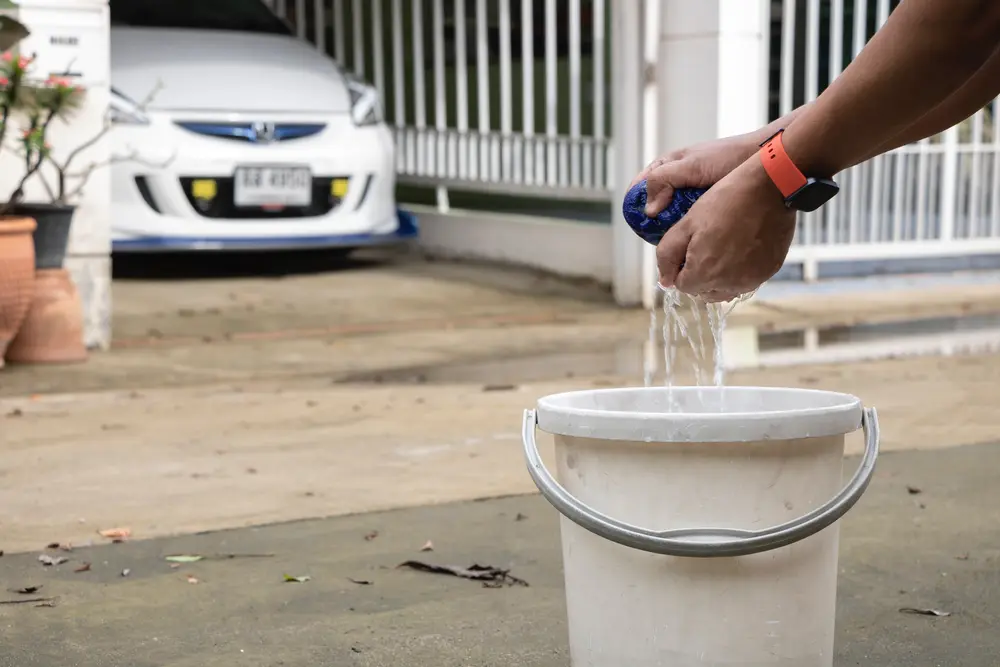When it comes to camping, comfort is one of the most important factors to consider. After a long day of hiking, fishing, or exploring, you want to have a good night’s sleep and wake up refreshed and ready for another adventure. But how do you achieve that level of comfort in the outdoors? One of the main choices you have to make is what kind of sleeping system you will use: a camping cot or an air mattress.
Both options have their advantages and disadvantages, depending on the type of camping, the weather, and your personal preferences. In this article, we will compare camping cots and air mattresses in terms of comfort and help you decide which one is best for you.
Key Takeaways
| Camping Cot | Air Mattress |
|---|---|
| Pros | - Durable and sturdy - Easy to set up and take down - Elevated off the ground - Good for warm or humid conditions - Provides storage space below |
| Cons | - Heavy and bulky - Less comfortable and firm - Less insulated and colder - Less suitable for shared sleeping - Less versatile and adaptable |
Camping Cot vs Air Mattress: Comfort Factors
Sleeping Surface
The sleeping surface is the part of the sleeping system that directly contacts your body. It affects how comfortable you feel, how well you sleep, and how rested you wake up. The sleeping surface of a camping cot is usually made from a piece of fabric that stretches tightly over a metal frame. The fabric can be nylon, polyester, canvas, or linen. The tension on the fabric creates a firm and supportive sleeping surface.
The sleeping surface of an air mattress is usually made from synthetic fabric that is filled with air. The fabric can be flocked, quilted, or smooth. The amount of air in the mattress determines the firmness and support of the sleeping surface. You can adjust the firmness by adding or releasing air from the mattress.
The comfort level of the sleeping surface depends largely on your sleeping position and preference. Some people prefer a firmer surface, while others prefer a softer one. Some people sleep on their back, while others sleep on their side or stomach. Generally speaking, back sleepers may find cots more comfortable, as they provide better spinal alignment and support. Side sleepers may find air mattresses more comfortable, as they conform to the body’s curves and relieve pressure points. Stomach sleepers may find either option comfortable, depending on their preference.
Firmness
The firmness of the sleeping system is another factor that affects comfort. It refers to how hard or soft the sleeping system feels when you lie on it. It also affects how well the sleeping system supports your body weight and distributes it evenly. The firmness of a camping cot is usually fixed and determined by the tension of the fabric over the frame. You cannot adjust the firmness of a cot unless you add a mattress pad or a sleeping pad on top of it.
The firmness of an air mattress is adjustable and determined by the amount of air in the mattress. You can adjust the firmness by adding or releasing air from the mattress using an air pump or a valve. Some air mattresses are self-inflating, which means they automatically fill up with air when you open a valve on the side. Others require manual inflation using an external or built-in air pump.
The comfort level of the firmness depends largely on your personal preference and needs. Some people prefer a firmer sleeping system, while others prefer a softer one. Some people need more support for their back or joints, while others need more cushioning for their hips or shoulders. Generally speaking, firmer sleeping systems are better for back support and alignment, while softer sleeping systems are better for pressure relief and contouring.
Insulation
The insulation of the sleeping system is another factor that affects comfort. It refers to how well the sleeping system retains heat and keeps you warm at night. It also affects how well the sleeping system regulates temperature and keeps you cool in summer. The insulation of a camping cot is usually low and determined by the elevation off the ground and the airflow below. Cots do not retain much heat because they allow cold air to circulate underneath them. You may need to add extra layers of insulation on top of your cot, such as a sleeping bag, a blanket, or a sleeping pad.
The insulation of an air mattress is usually high and determined by the amount of air in the mattress and the material of the fabric. Air mattresses retain more heat because they trap warm air inside them. You may need to adjust the amount of insulation on top of your air mattress, depending on the weather and your preference. You can use a lighter or heavier sleeping bag, a blanket, or a sheet.
The comfort level of the insulation depends largely on the weather and your preference. Some people prefer a warmer sleeping system, while others prefer a cooler one. Some people sleep hot, while others sleep cold. Generally speaking, warmer sleeping systems are better for cold weather and cold sleepers, while cooler sleeping systems are better for hot weather and hot sleepers.
Size
The size of the sleeping system is another factor that affects comfort. It refers to how much space the sleeping system occupies and how much room it leaves for you and your gear. It also affects how easy it is to transport and store the sleeping system. The size of a camping cot is usually fixed and determined by the dimensions of the frame and the fabric. Cots are usually narrower and longer than air mattresses, which means they take up less floor space but leave less room for movement. Cots are also heavier and bulkier than air mattresses, which means they are harder to carry and store.
The size of an air mattress is adjustable and determined by the amount of air in the mattress and the material of the fabric. Air mattresses are usually wider and shorter than cots, which means they take up more floor space but leave more room for movement. Air mattresses are also lighter and more compact than cots, which means they are easier to carry and store.
The comfort level of the size depends largely on your preference and needs. Some people prefer a smaller sleeping system, while others prefer a larger one. Some people need more space for themselves or their gear, while others need less. Generally speaking, smaller sleeping systems are better for portability and storage, while larger sleeping systems are better for comfort and convenience.
How to Choose the Best Sleeping System for Camping
Now that you know the pros and cons of camping cots and air mattresses in terms of comfort, you may wonder how to choose the best one for your camping trip. Here are some questions to ask yourself before you make your decision:
- What type of camping are you doing? If you are car camping, you have more options and flexibility in terms of size, weight, and durability. You can choose either a cot or an air mattress based on your preference and comfort level. If you are backpacking, you have less options and flexibility in terms of size, weight, and durability. You may want to choose a lighter and more compact sleeping system, such as an ultralight cot or an air mattress.
- What is the weather like? If you are camping in cold weather, you may want to choose a warmer sleeping system, such as an air mattress with a high R-value or a cot with extra insulation layers. If you are camping in hot weather, you may want to choose a cooler sleeping system, such as a cot with good airflow or an air mattress with a breathable fabric.
- How many people are you sharing your sleeping system with? If you are camping alone, you have more options and flexibility in terms of size and comfort. You can choose either a cot or an air mattress based on your preference and needs. If you are camping with a partner or a family member, you may want to choose a larger and more comfortable sleeping system, such as a double-wide cot or an air mattress.
- How much do you value comfort over convenience? If you value comfort over convenience, you may want to choose a softer and more adjustable sleeping system, such as an air mattress with a foam-top or a cot with a mattress pad. If you value convenience over comfort, you may want to choose a firmer and easier sleeping system, such as a cot with a simple fabric or an air mattress with self-inflation.
Conclusion
Camping cots and air mattresses are both viable options for camping comfort. They have different pros and cons depending on the type of camping, the weather, and your personal preferences. The best way to choose between them is to consider your needs and expectations before you go camping.
If you want a durable, easy, elevated, and cool sleeping system, a camping cot may be the best option for you. If you want a light, comfortable, warm, and versatile sleeping system, an air mattress may be the best option for you.
Whatever option you choose, make sure to test it out before you go camping. You don’t want to find out that your sleeping system is uncomfortable or defective when you’re already in the middle of nowhere.
We hope this article helped you compare camping cots and air mattresses in terms of comfort and make an informed decision for your next camping trip. Happy camping!





Use the share button below if you liked it.
It makes me smile, when I see it.